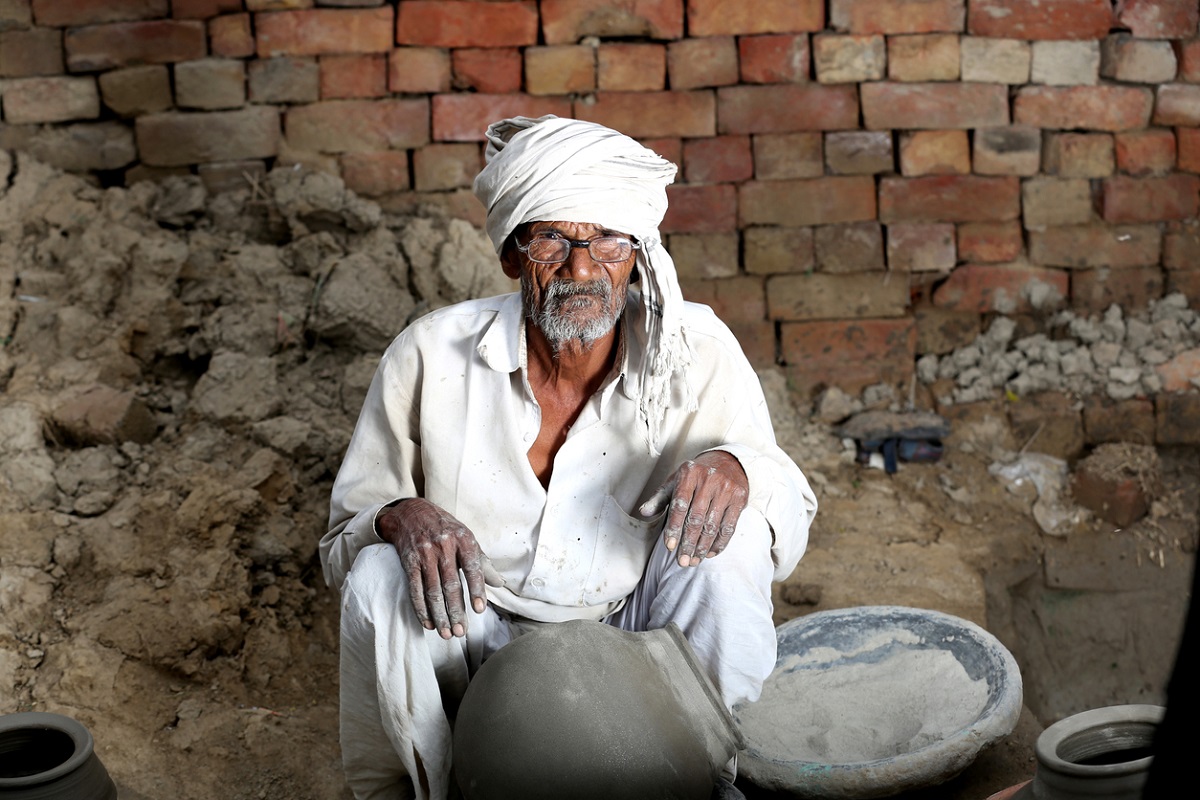Any move putting even a little money into the pockets of even a small percentage of India’s absolutely dispossessed should be welcome though with the clear understanding that all such schemes are deliberately exclusionary by their very nature, language and, possibly, intent. This is why despite years of poverty alleviation programmes, with some success, 364 million Indians “continue to experience acute deprivations in health, nutrition, schooling and sanitation (…and) over one in four multidimensionally poor people in India are under 10 years of age”(United Nations Development Programme figures). Exclusion takes place even through schemes like the Election Commission of India’s Electoral Photo Identity Card and Aadhaar linkage, as a part of the National Electoral Roll Purification and Authentication Programme in 2015, which, for instance, omitted 30 lakh voters in Telangana and 25 lakh voters in Andhra Pradesh from the electoral process, as an application under the Right to Information Act, along with data mining by Swecha, an NGO, revealed. The recently launched pre-election government move through the Pradhan Mantri Kisan Samman Nidhi scheme to transfer Rs 6,000 a year to 12 crore farmers, those owning up to two acres of land thus deserves subdued applause. If nothing else, it will serve to stimulate the rural economy for some time. The bigger and the long-term issue is around the huge numbers left out, who may well be even more vulnerable: tenant farmers (who account for more than 60 per cent of the cultivated land in some areas) and landless labour, who are left with nothing more than a promise that their case will also be looked into in the future. Meanwhile, the urban landlord, getting his land farmed by hired agri-workers, is an eligible beneficiary. Matters get worse with the phenomenon of community land holding, with the very vulnerable Adivasi farmers, specifically holding farmland sans individual rights, who will be excluded. The circle of exclusions gets wider when one considers the many segments of farmers, deemed to be so by definition but excluded; the fisherman farmer or the one rearing livestock, for instance. Such exclusionary features are highlights of not just the latest scheme but of many others; many falling by the wayside simply because there is no reliable data for identifying the beneficiaries, which becomes the basis for exclusion. India’s strategic approach towards the elderly (whose numbers are expected to reach 123 million by 2026) is of a piece with this exclusionary tactic. To begin with, the amount is abysmally low with the Indira Gandhi National Old Age Pension Scheme for the below poverty line category stationary at Rs 200 for a decade. Only 22.310 people receive the pension and as HelpAge has pointed out, 93 per cent of the workforce are unorganized sector employees, with a majority of them not covered under any scheme. The absence of a definite number for below the poverty line India families is the trump card in this exclusionary game.
Advertisement











